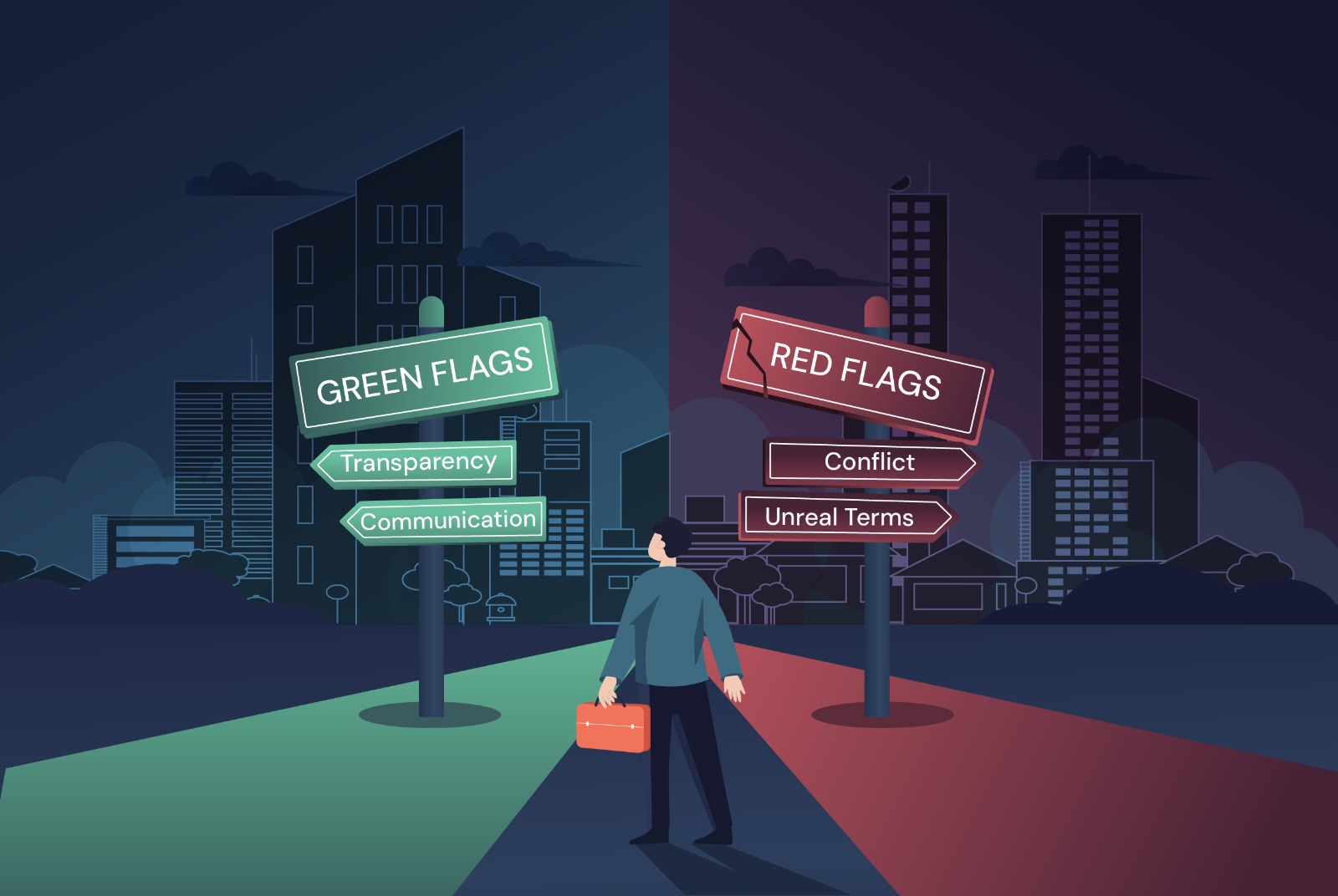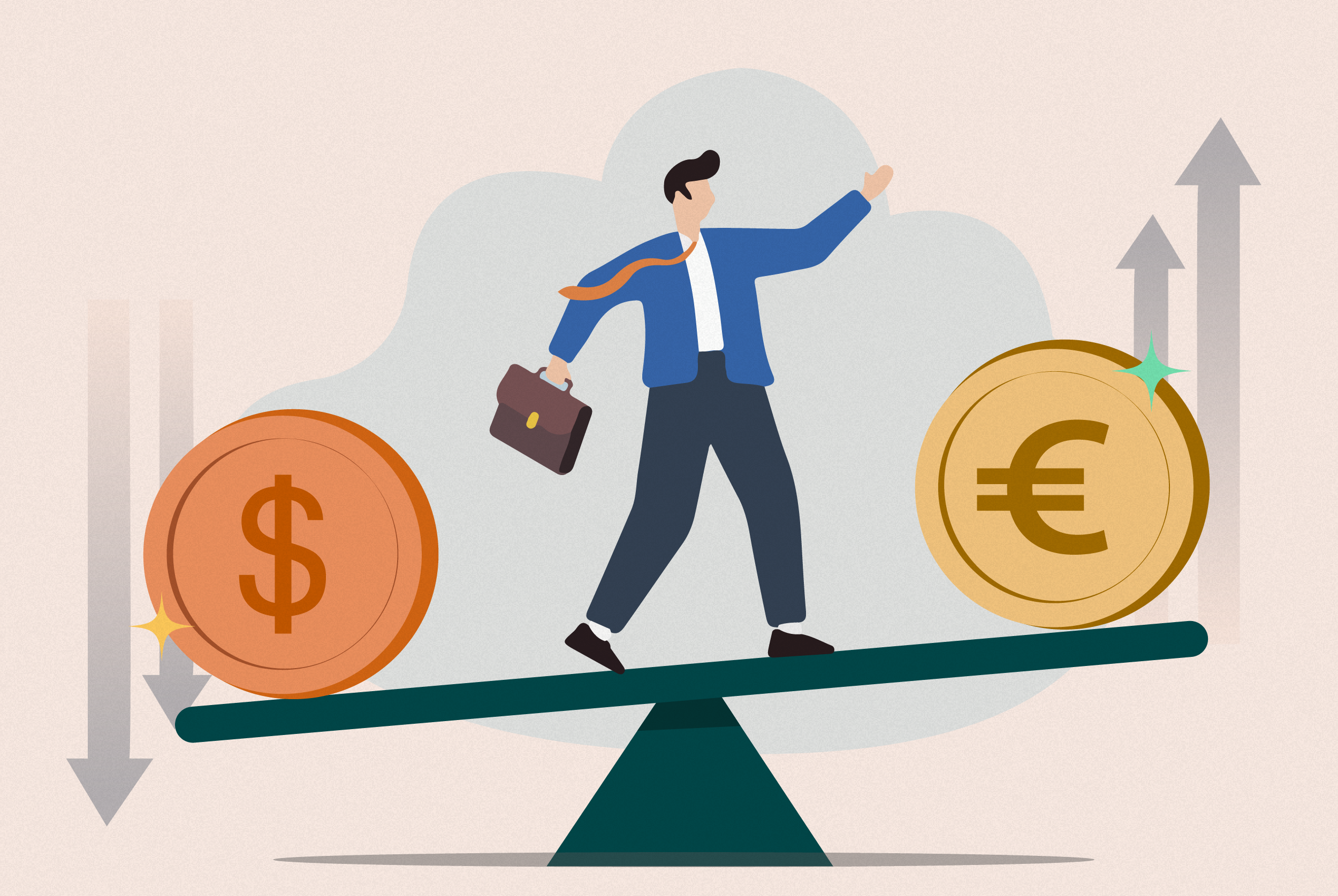
Just as important as what you charge for a SaaS product is how. The right pricing strategy will help you boost sales and lower customer acquisition cost (CAC) to help you reach profitability sooner. The wrong pricing model can exacerbate burn, lead to higher customer churn, or act as an obstacle to achieving a sticky product-market fit.
Get to know each SaaS pricing model to understand the benefits, features, and how to leverage different pricing models for each growth stage.
Flat Rate Pricing
Flat rate pricing offers a single product with a single set of features at a single price. The pro of flat rate pricing is that it keeps things simple. Your sales and marketing teams can focus on the value proposition of a single product at a single price. The downside is that flat rate pricing also limits the value that can be extracted from different customer segments (like an enterprise business that might be willing to pay a premium for more robust features).
Because of its limitations and simplicity, flat rate pricing is more often used by early-stage SaaS startups launching a minimum viable product (MVP) as part of their GTM strategy.
Per User Pricing
Per user pricing provides different pricing levels based on the number of users on an account. A single user pays a set price. Add another user, and the price increases. Add a third user, and the price increases. Per user pricing may have a set rate where each seat costs the same amount, or additional seats may come at a discounted rate. Customers can easily understand the pricing, and what they get for the cost.
The perk for SaaS companies is that it allows revenue to scale with adoption. The more people who use a tool, the more revenue it will generate. The flip side is that per user pricing can also work as an adoption deterrent. Customers may avoid adding team members, or it may lead to password sharing in an attempt to skirt the rules.
Per Active User Pricing
Active user pricing is a variation on per user pricing—allowing companies to pay based on the number of active users, rather than being locked into specific emails that were registered under the account. Per active user pricing offers flexibility to enterprise-level businesses that might have higher turnover in who is using the tool.
Usage Based Pricing
Usage based pricing, also known as Pay As You Go, allows users to pay for services based on how much the service is used. Usage based pricing has historically been most common amongst infrastructure- and platform-related services (like Amazon Web Services), but it’s becoming more and more popular.
Companies like Twilio that charge based on API the number of API requests, have proven how successful the usage based pricing model can be and now we’re seeing SaaS companies find innovative ways to adopt the model. For example, social media software charging for scheduled posts or payment processing tools that charge per transaction.
Feature Pricing
Feature pricing offers users different pricing tiers that give them access to an increasing suite of features. A feature-based pricing model gives clear value differentiation and upsell paths. The drawback of feature-based pricing models is that they’re more complex (therefore harder for customers to understand and harder for the sales team to sell), and you run the risk of keeping one of your most valued product features gated (and reducing the number of users who know and love it).
Feature pricing is best used for SaaS products where the features map directly to the target customer’s willingness to pay.
Tiered Pricing
Tiered pricing models offer different pricing levels and often work as some combination of per user pricing and feature pricing. For example, a basic package may have a cap of three users and more limited features, whereas a higher tier would allow for more users and more features.
Tiered pricing is especially popular amongst more mature SaaS companies that have achieved a product-market fit and ironed out their GTM strategy. Tiered pricing allows you to target different customer segments—from startups and small businesses to enterprise companies—which is why it's best suited for companies with distinct user personas who want predictable MRR.
One thing to watch out for: a tiered pricing model can lead to feature bloat and has the potential to confuse customers if there are too many tiers or if the differentiation between them is unclear.
Freemium
The Freemium pricing model offers a free version of the software for users with the option to upgrade to premium features. Freemium tends to work best for software that has a clear self-serve value and doesn’t require onboarding or sales for users to experience meaningful benefits. Before adopting a freemium model, you also want to ensure that serving free users doesn’t present a significant drain on infrastructure or support resources. Most crucially, you need to be sure that a clear upgrade path exists.
Strategies for Choosing Your SaaS Pricing Model
SaaS pricing strategy is more than saying, “This is how we want the money to come in.” Psychology and customer behavior also play a role. Evidence-based pricing strategies like penetrative pricing and charm pricing can help you find the right pricing model at the right price point at the right time.
Penetrative pricing is the practice of entering the market at a lower price point and raising pricing once you’ve achieved stickiness and your product-market fit has been clearly established. Penetrative pricing can be a strategic tactic in a SaaS or AI GTM strategy.
Charm pricing is a psychological pricing tactic where a company sets a price just below a round number so that prices end in .99. For example, instead of setting a monthly subscription price at $130, you might set the price at $129.99. Charm pricing is pervasive because it’s a highly effective way to make customers feel like they’re getting a “deal.”
As you set your SaaS prices, you’ll also want to consider cost plus pricing, ensuring that all costs associated with the product are covered in addition to a set percentage markup. Cost plus pricing can ensure that you reach or maintain profitability as you scale, and can be complementary with prestige pricing—another psychological pricing tactic where buyers associate higher value with higher price point products.
Choosing a Pricing Model for Your Growth Stage
The right pricing model for your SaaS business may change depending on your growth stage. Early-stage startups focused on acquisition, learning, and reducing barriers to entry may be best suited with a freemium model, allowing for higher adoption and feedback from early users, or a flat rate model, offering simple, low-friction pricing to validate demand.
Saas startups working to hone their product-market fit and moving into their scaling phase can most benefit from tiered pricing, usage based pricing, or feature based pricing – these strategies allow businesses to optimize monetization while supporting diverse needs. As a SaaS company grows to maturity, a hybrid pricing model (for example, a combination of tiered and usage pricing) or custom/enterprise pricing can help maximize revenue per customer and support large accounts.
Extend Your Runway to Make Pricing Model Adjustments
Sometimes you need an infusion of capital to make the adjustments to your pricing model that support sustainable, profitable growth. ECL has partnered with 300+ SaaS and AI startups to help them access the non-dilutive capital they need to make fast-paced, strategic decisions. Apply today to qualify for up to $3M in non-dilutive financing.





